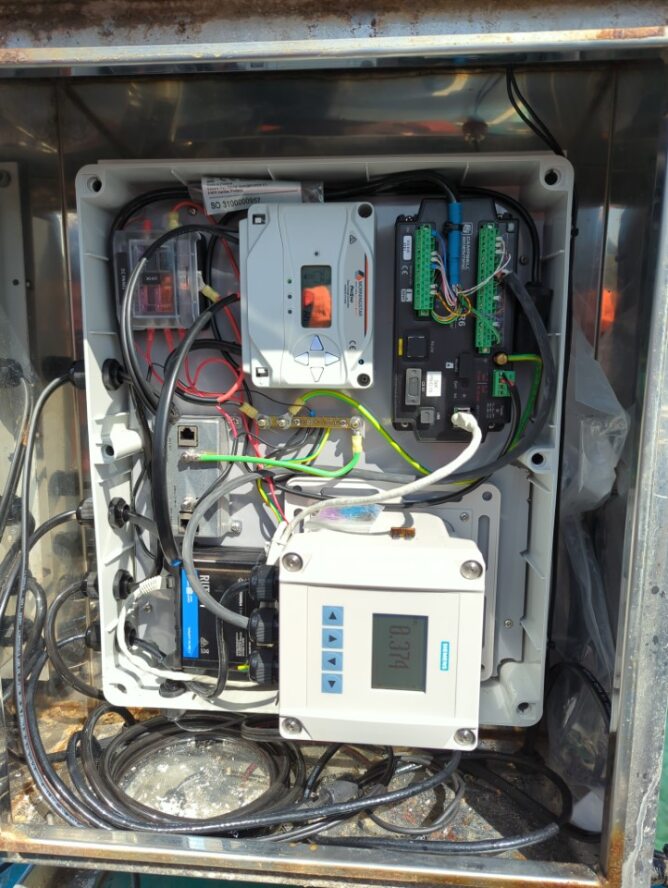-
About us
-
About us
Downer is the largest provider of integrated services in New Zealand and employs more than 10,000 people from Kaitaia to Invercargill.
Learn more
-
-
What we do
-
What we do
Downer is a leading provider of integrated services in Australia and New Zealand.
Learn more -
-
-
Investors
-
Investors
View our latest ASX announcements as well as financial reporting, key dates and shareholder information.
Learn more
-
-
News and media
-
News and media
Keep updated with our latest news.
Learn more
-
-
Sustainability
-
Sustainability
We understand the importance of having a responsible and forward-thinking approach to sustainability.
Learn more
-
-
People and careers
-
People and careers
Our people are at the heart of everything we do.
Learn more
-
-
Contact us
-
Contact us
Downer has over 120 sites across New Zealand with our head office based in Auckland.
Learn more
-
Embedded Video
Port Otago Tide & Wind Telemetry
Client: Port Otago
Duration: Since 2000 (ongoing)
Background
We install and maintain tide and wind sensor sites to provide accurate real time data on a consolidated platform. The tide level data is used by the Port pilots to assess the safety for large vessels to enter or exit the port. The wind data is used to trigger wind alerts for safe operation of the cranes and other equipment in the container yards to ensure the safety of operators and staff working in the yards.
The challenges with installing any new site include coordination with the client to get access to the sites. This is dependent on shipping schedules and in some cases a boat is required to access the site. Another factor is weather conditions and tide levels, for example the calibration of a tide sensor with reference to the existing tide board can only be done on a calm day observing both low to high tides.

Delivery solution
The solution provided at each site consist of a very reliable high end datalogger that is programmed to accurately capture data from the various sensors used. The sensors include maintenance free ultrasonic anemometers, ultrasonic level sensors and one site with a full weather station that includes a tipping bucket for precipitation measurements and a barometric pressure sensor. All data is continuously scanned and processed by the datalogger and stored to a central database in 1- and 10-minute intervals. All sites have battery backup for power redundancy and networking is provided by a LTE router using a VPN connection.

Outcome
The solution is reliably providing accurate data used to ensure the safety of Port Otago staff and vessels entering and exiting the harbour. The tide level data and some of the other harbour conditions data are also made available to the public via the Port Otago website.
